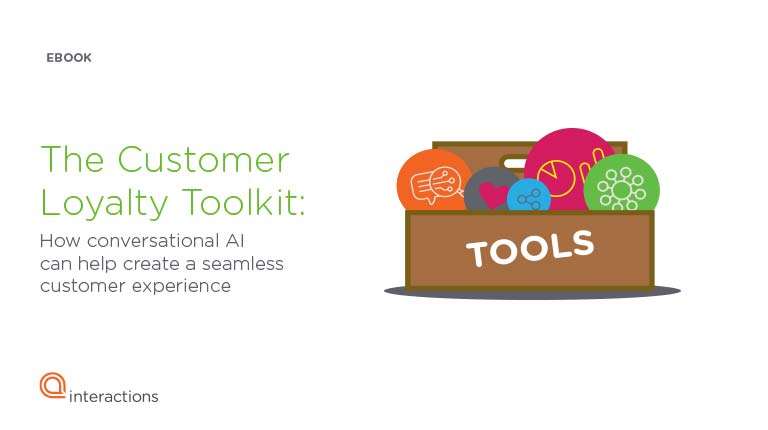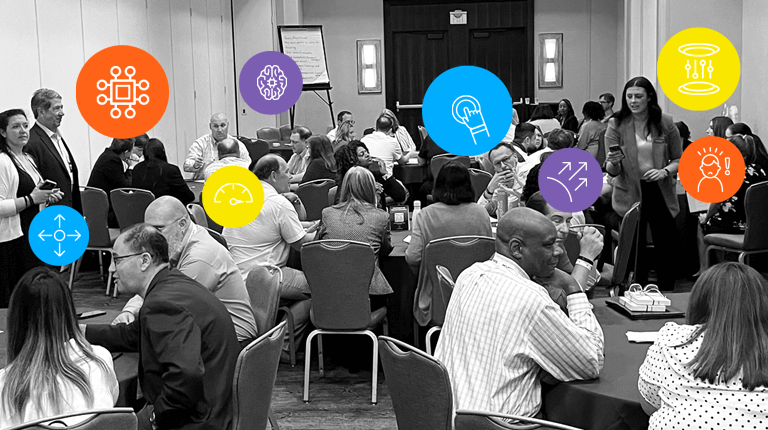Over the past few years, brands have been investing a lot of money, time, and strategy in customer experience. There’s no question that brands– especially the world’s leading brands– understand the impact of a great customer experience. Customers aren’t willing to stick around when they’re expectations aren’t met, especially if there is a brand that is doing it better.
So then the question becomes: With so many resources invested in customer experience, why is it still falling short for many brands?
Taking a step back, we know that there are some things that brands are collectively doing right in customer experience. Imagine if we time travelled back to 2010. I’m pretty sure that we would be astounded at the lack of channels, integration, and overall speed, personalization, and convenience of service that we had back then.
Jumping back to 2021, we recently conducted a survey that found that only 7% of consumers rate today’s customer experience as excellent. The other respondents rated it as adequate or good, but could be improved at 40% and 40%, respectively. We’ve come so far, but we still aren’t hitting the mark.
Does this mean that the bar set by consumers is just continuing to rise, and companies will never be able to attain truly great customer experience?
Maybe, but we’re optimistic that customer needs can be met.
The real reason that customer experience isn’t cutting it isn’t extremely complicated. It’s simply that customer needs aren’t being met.
Even with great technology, we still see some brands missing the mark on key traits that are needed to fulfill customer expectations. If the technology that a brand is using does not address these best practices, it’s not a technology that is actually supporting customer expectations (or your business!).
Speed
A lot of traditional automation in the contact center is designed to make transactions more efficient. IVRs, DTMF, and menu trees aim to help companies with sorting and deflecting traffic so that customers can get to the correct department more quickly. Sounds great in theory, but then why do these applications fall flat? The truth is that these technologies only focus on a tiny part of the customer’s entire interaction with the brand, and they don’t even do a great job at improving that.
A quick resolution of an issue was voted the leading characteristic of great customer service in our survey. For technology that is truly going to support a speedy resolution, the entire interaction needs to be taken into account, not just the first few seconds. Conversational self-service technology, allowing customers to complete their entire transaction through human-like automation can support this.
Agent optimization
Even in a contact center that uses self-service technology, agents are vital to the success of the operation. While the myth has been busted that AI will take away agents’ jobs, there are some technologies that do not support agents for an optimal experience. This makes their jobs more difficult, and can actually lead to more inefficiencies than without.
More than 50% of respondents said that they considered the top characteristic of bad customer experience to be rude or unknowledgeable agents. This means that agents play a BIG role in customer experience success (and failure). Technology that supports agents – both directly and indirectly- should not be overlooked. From self-service technology that is able to facilitate a warm handoff to an agent (so the customer and agent do not have to waste time repeating themself) to an application that is able to directly prompt agents with personalized customer information (so agents don’t have to dig through outdated systems) can support this expectation.
Personalization
Personalization is at the heart of an exceptional experience. Have you ever had to call a brand multiple times, only to repeat your frustration over and over again every time you got a hold of a new agent? It can make customers feel unvalued and like a brand doesn’t care about them.
We can’t expect humans to remember millions of customers’ names or preferences, but that’s why technology is here to help. Knowing why customers have called in the past, what they have purchased, and what their preferences are can help optimize both the agent’s and customer’s time and effort spent during a transaction. But more than just saving time, it helps customers feel like they are valued, resulting in more brand loyalty. In fact, 62% of survey respondents said that they find personalization prefer personalization or find it helpful. Customer experience technology can’t deliver generic conversations. Brands need to prioritize technology that can support personalization.
Seventy-eight percent of respondents from our survey have switched from a brand due to poor customer service. This means brands need to not only understand these core customer expectations, but actually implement technology that supports them. To learn more about how to optimize customer experience, check out our eBook.





